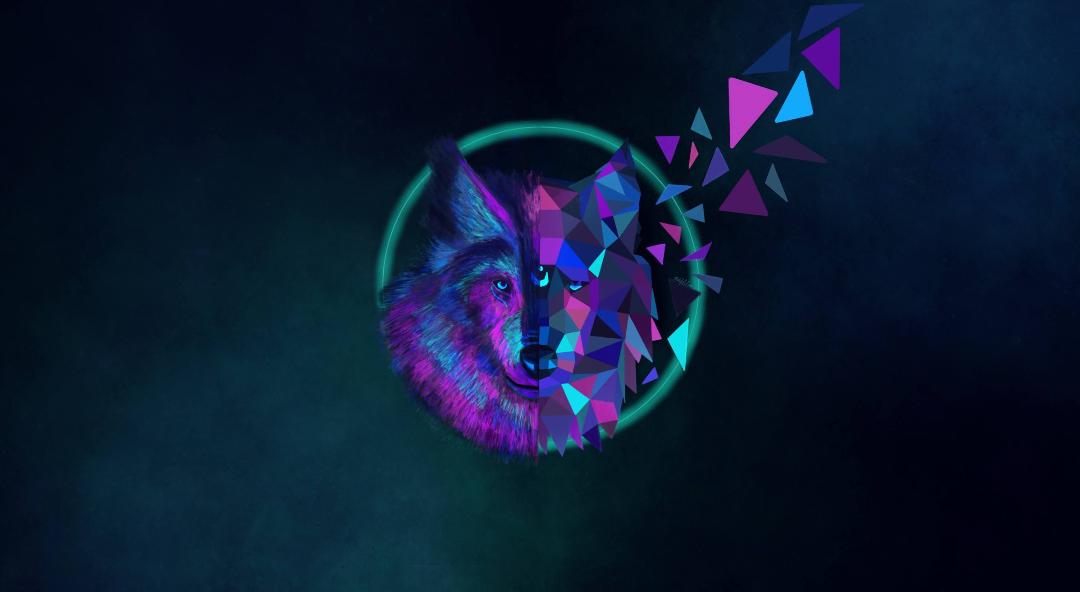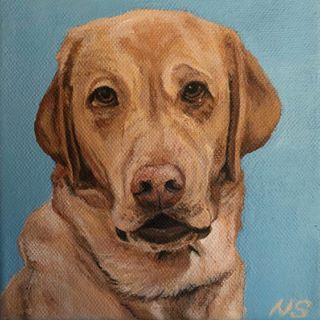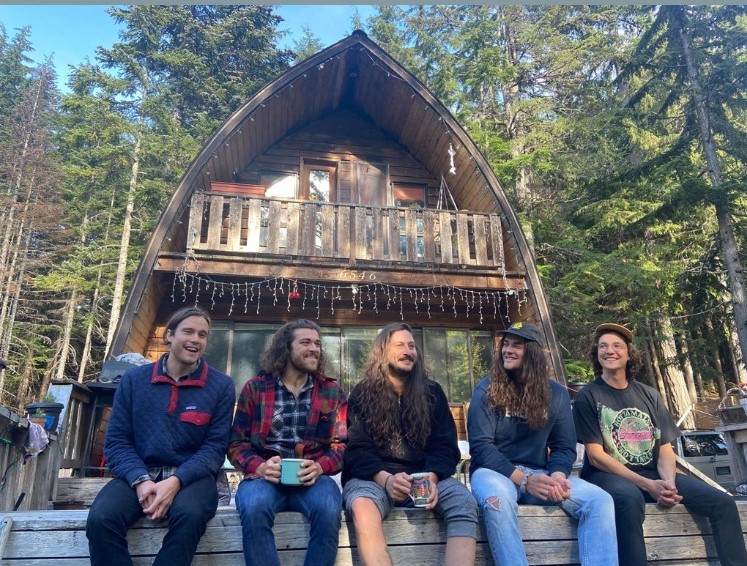 August 27, 2020
August 27, 2020
Young artists find a ‘new normal’ in expressing themselves during COVID-19
By: Ethan Eisenkoebl
Artists use a lot of their time pulling inspiration from their surroundings, in order to create an accurate representation of modern-day life.
But what happens when the surroundings of the world they’re so used to, suddenly shut down? How do artists cope with such a change?
Youth Mind spoke to young artists based in Ontario and British Columbia to see what they had to say on the matter.
“I like to pull my energy from the people around me, so not being able to go out has somewhat taken away from that,” said Katelyn Curtis, an independent artist.
Curtis, who draws sketches and writes, says finding inspiration can be difficult when your surroundings have been the same for the past six months.
“Not having a creative outlet takes a huge toll,” she said.

For an artist, having creative inspiration is a way of expressing themselves. Without that expressionism, the mind of an artist can start to wander.
“Throughout quarantine, one of my biggest challenges was keeping my anxiety in check,” said Nomawn Shahzad, an online artist who illustrates and paints. “In a situation where there are a million unknowns, it was difficult not to worry. Having the liberty to make art whenever I wanted to was definitely an asset to helping me get through quarantine in one piece.”
The state of mind for an artist can heavily play a role in the outcome of the finished product. Take, for example, Louis Wain, an English artist from the late 1800s who was best known for his drawings of cats. (That’s right, even before the invention of the internet, cats were still a popular muse of inspiration.)
At the age of 57, Wain was diagnosed with schizophrenia. Toward the end of his life, Wain’s drawings progressed from his traditional cute and cuddly little felines, to a more geometrical and abstract style.
This sort of expressionism became very popular for its time. Edvard Munch, known for his famous painting, The Scream, was no stranger to his own mental state. “I cannot get rid of my illnesses, for there is a lot in my art that exists only because of them,” Munch famously wrote.
Curtis agrees that the state of mind impacts an artist’s work. “Sometimes, when I’m in a dark place or a light place, my work gets heavily influenced,” she said. “Whether it be writing or drawing, I like to convey my emotions through my work.”
Music is no exception, either. Evan Camm, member of Canadian indie band Lazy Ghostsaid that “mental health and state of mind is 100 per cent reflected into the output.”
“We didn’t try to sound different, but the effects of COVID changed everything from mood, tones, tempo, and lyrics,” he said. “It’s going to ripple through all artists for years.”
While COVID may have affected the way artists express themselves, it has also affected their financial sustainability. Shahzad, for one, said he’s seen improvements in that regard.
“I have created and sold more art in 2020 so far than any other year,” he said. “I found that there were lots of people wanting to support small businesses during this time.”

Lazy Ghost. Image courtesy of Lazy Ghost
Shahzad gained a lot of attention after his work was featured in an online animal-themed art show.
“Friends and acquaintances saw the series online and began to inquire about getting pet portraits of their own and the pattern continued,” he said.
While some artists are prospering, others are preparing to break through. Live entertainment has taken a backseat in this long drive we call 2020.
“We haven’t been able to plan anything live for the foreseeable future, which sucks,” Camm said.
But, while the band has been missing the stage, they have been able to take the time and prepare new content to be released.
“We got a lot of downtime to record and release new music at home,” Camm said. “We get to write and record in a relaxed setting and reflect on what we’ve created. It’s nice taking our time with no deadlines.”
For many artists of all types, taking their time is a foreign concept. But this pandemic has given many of them the opportunity to do just that, while learning new things.
“Drawing takes a lot of time; it can become frustrating and repetitive,” Curtis said. “I have found this pandemic to be a great time to learn new forms of art like crocheting, painting on clothing and embroidery.”
“When I wasn’t making art, I was trying to find new ways to better myself while adjusting to this new way of living,” Shahzad said. “I took up new hobbies and habits, I tried to maintain a routine, and I tried to make things seem as normal as possible. Keeping some sort of routine or schedule to my life was the only way I managed to stay busy.”
The last few months have flown by and 2020 is already nearing an end. For many, this year has felt like a waste of time. Shahzad, however, says it doesn’t have to be that way.
“The pandemic may be an unfortunate circumstance, but for a lot of us, we have more free time than we ever did before,” he said. “Take advantage of that free time.”